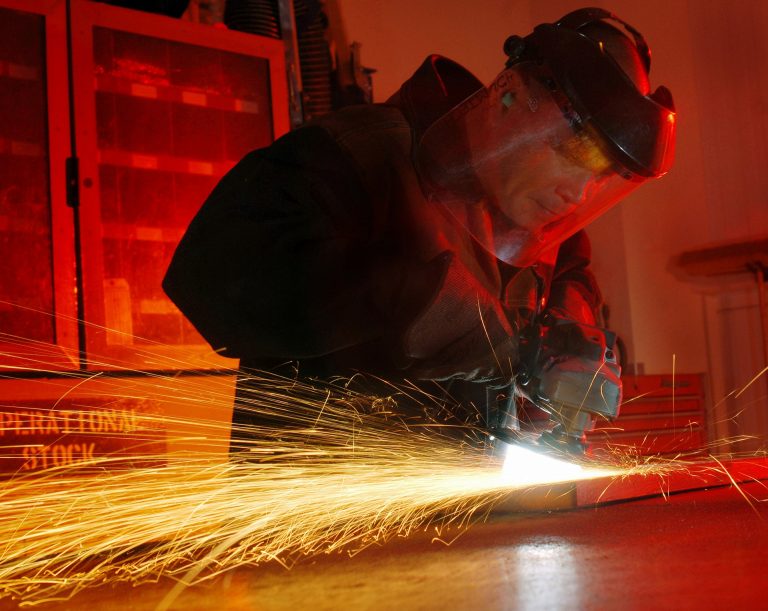The final installment in a five-part series on bearings in power tools. To catch up, see the following:

In many industrial environments, power tools (and possibly the bearings) are continuously exposed to liquids and various types of particulate debris. Sealed or shielded bearings should be used in these situations. Seals are the best option for keeping foreign debris out of the interior of the bearing and keeping lubricant in.
The most common bearing seal material is a nitrile rubber. This type of seal is typically Buna-N bonded to a steel insert, which is fixed into a groove in the outer ring. The maximum operating temperature is 240° F. This type of seal makes contact with the inner ring providing better protection in contaminated environments than a metal shield. However, this results in an increase in torque and reduces the maximum speed capability of the bearing, but in almost all cases is a design trade off that is made to improve life.
Certain lubricants and chemicals react with rubber. Aside from the Buna-n and nitrile rubber material, other materials are available for higher temperatures and chemical resistance. These include F Teflon fabric and Viton that has good chemical resistance and a maximum operating temperature of 400° F.
As evidenced, there are a wide range of bearing options to take into account for optimal hand tool performance. Engineers and designers are encouraged to consult a bearing applications specialist for assistance with calculating, load capacity, bearing life, fits and component tolerances, as well as evaluating environmental factors in order to properly specify bearing attributes.

